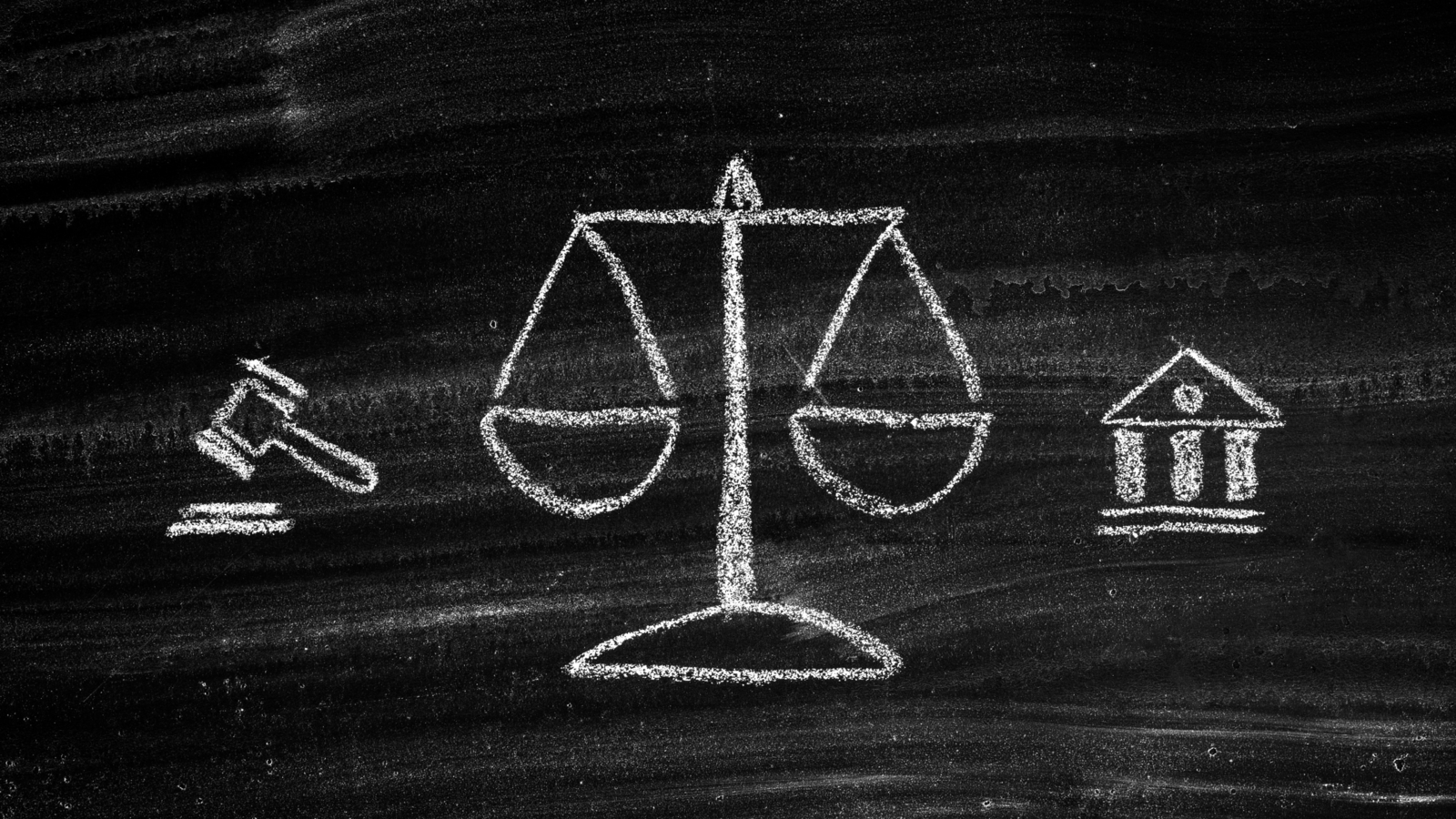Understanding the gender pay gap
The World Economic Forum forecasts that it will take 136 years to close the gender pay gap globally and at least 60 years in the European Union. Despite this grim outlook, employers worldwide are waking up to increasingly louder calls for pay equality amid new national and supranational legislation aiming to tackle the persistent gender pay gap.
While the principle of equal pay for equal work has been enshrined in the European Union's founding Treaties since the 1950s, women performing equal work or work of equal value are still paid less than men to this day. Across the European Union, women typically have gross hourly earnings approximately 13% less than men, reflecting a modest 1% improvement over the course of a decade.
However, pay discrimination is only one part of the story when talking about the gender pay gap.
The gender pay gap encompasses a more extensive idea, including a wide range of disparities women encounter regarding job opportunities, career advancement, and recognition. These include:
- The sectors they work in: Almost one-quarter of the gender pay gap can be attributed to the disproportionate representation of women in highly feminized and undervalued sectors with lower wages, such as healthcare, education, and caregiving.
- A greater share of household and caregiving duties: In part, the pay gap can be attributed to women assuming a greater portion of unpaid household and caregiving duties than men, primarily influenced by societal expectations. Women often adjust their professional lives to accommodate these increased caregiving responsibilities, impacting their career trajectories, periods spent away from the workforce, as well as their preference for part-time employment.
- Underrepresentation in the c-suite and wage inequality for female managers: An individual's position within a corporate hierarchy directly impacts their salary. Less than 8% of CEOs in major companies are women. Moreover, the most significant hourly wage gap in the EU is found in managerial roles, where women earn 23% less than their male counterparts.
Balanced gender representation on boards
Educational attainment significantly impacts salary levels, with higher education generally correlating with higher incomes. However, the paradox of the gender pay gap is evident across almost all EU member countries: women tend to have higher levels of education than men, yet they continue to be underrepresented in higher-paying executive roles, including corporate board appointments. With all those highly qualified women, what is the best way to motivate companies to break the glass ceiling and move towards a greater gender balance at the top?
In 2022, the European Union took a long-awaited step towards answering this question. The EU has agreed to pass a Directive for Gender Balance on Corporate Boards which requires that companies listed on EU stock exchanges ensure that the underrepresented gender - usually women - hold at least 40% of non-executive supervisory board appointments or at least an average of 33% of all supervisory or executive board positions. The goal is to establish transparent hiring processes within companies, ensuring that when candidates possess equal qualifications for a position, preference should be given to the candidate from the underrepresented gender.
Enforcement of the new Directive is left to member countries. By the June 2026 deadline, they will need to incorporate the targets into their respective national laws and determine their penalties for non-compliance. Furthermore, companies that do not achieve the goal set out in this Directive must provide a report detailing the reasons behind their shortfall and outline an action plan for how to rectify the situation.
Pay transparency, the right to information, and compensation
The success of quotas in improving female board representation at the national level is largely contingent on workplace cultures and member states' systemic inequalities outside the workplace. The EU, recognizing the limitations of gender-based quotas alone, has instituted further legislation to combat gender pay inequality through the EU Pay Transparency Directive. As Ursula von der Leyen put it when she came into office as President of the European Commission, "Equal work deserves equal pay. And for equal pay, you need transparency. Women must know whether their employers treat them fairly. And when this is not the case, they must have the power to fight back and get what they deserve."
The European Parliament adopted the Directive in April 2023, outlining measures aimed at reducing pay discrimination and, in a broader sense, promoting workplace equality through greater pay transparency. After the 7th of June 2026, employers will have an obligation to:
- Disclose pay levels or ranges before the interview and are prohibited from inquiring about applicants' previous earnings;
- Upon request, provide employees with written information regarding their personal pay levels as well as the average salary data categorized by gender for employees doing the same work or work of equal value (employers with fewer than 50 employees might be eligible for an exemption);
- Enable access to the criteria used in establishing the organization's pay levels and pay progression;
- Report on the gender pay gap (applicable to organizations with over 100 employees, however, the timing of implementation will be phased according to workforce size);
- Carry out a pay assessment in the event that they have a gender pay gap of at least 5% for which they cannot provide a justified explanation and this discrepancy remains unaddressed for six months following the report;
- Bear the burden of proof in cases of workers claiming that they have suffered pay discrimination and if a court finds that an infringement to the right of equal pay has occurred, the employer will be required to pay compensation.
Charting a path forward: What's next for employers?
In preparation for the enactment of the Pay Transparency Directive, employers can adopt various measures to ensure adherence to the Directive and promote pay equity within their organizations:
- Analyze gender pay gaps and create an action plan to resolve discrepancies.
- Provide managers and HR personnel with unconscious bias training and raise awareness of equal opportunities principles.
- Examine and refresh policies related to Diversity, Equity, and Inclusion, update recruitment and selection procedures, and review overall compensation packages.
- Outline a policy for dealing with employee complaints and concerns regarding pay inequalities.
- Determine whether the organization has the right systems in place that enable easy access to salary information and reporting on the gender pay gap.
While we prepare for future legislative requirements, employers have an opportunity to reap the benefits of being champions in the fight to close the gender pay gap. Not only will they be fostering a greater sense of fairness internally, but they will be signaling to prospective employees that theirs is a workplace that values every employee's contribution, regardless of gender.
Now is the time to pave the way for meaningful change and prepare the organization for a fairer and more sustainable future.


